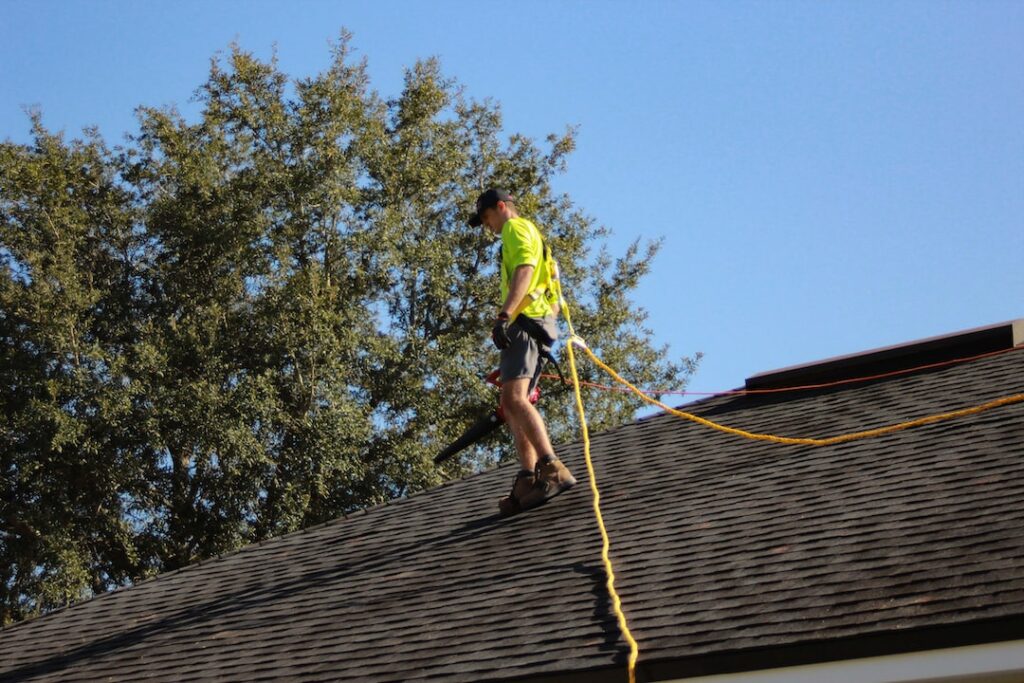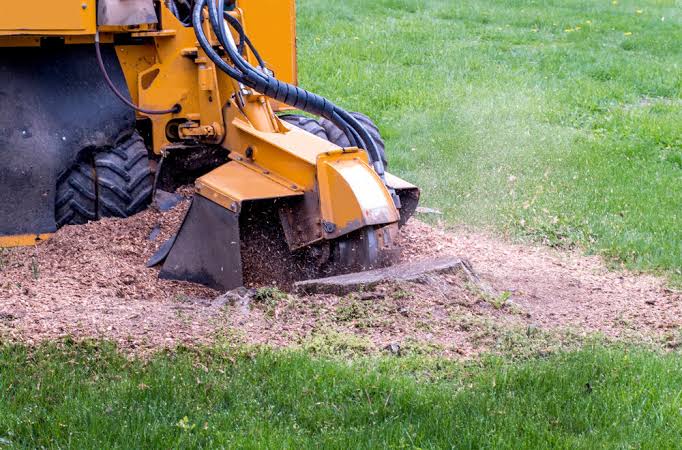When it comes to home maintenance, the roof is often an afterthought until significant problems arise. But what you might want to know is that the roof acts as a barrier against the elements and maintains the structural integrity of your property.
Over time, wear and tear, weather conditions, and age can take their toll, leading to potential leaks, energy inefficiency, and even safety hazards. When you understand the signs that your roof may need replacement, it’s much easier to stay on top of necessary maintenance and avoid costly repairs down the line. Let’s take a closer look at some of the reasons why your roof may need to be replaced.
Age of the Roof
Most roofing materials have a lifespan ranging from 20 to 50 years, depending on the type and quality. As roofs age, they become more susceptible to damage from weather, such as wind, hail, or heavy snow. Older roofs might not be as effective at insulating your home so you may notice a significant increase in your energy bills. If your roof is approaching the end of its expected lifespan and shows signs of wear, such as missing shingles or curling edges, it’s advisable to consult a roof replacement service that can assess its condition and replace it, if necessary. By addressing these issues promptly, you can ensure the safety and integrity of your home for years to come.
Visible Damage
Visible damage is a clear indication that your roof may need to be replaced. Damage may come in the form of missing, cracked, or curling shingles, as well as any signs of sagging in the roofline, which can compromise the overall structure. Look for water stains on your ceilings or walls, as these may signify leaks or water infiltration.
If moss, algae, or other growths are present, they can retain moisture and lead to further deterioration of the roofing material. Know that regular inspections can help identify these issues early on, allowing you to take preventative measures and avoid a complete roof replacement.
Leaking or Water Damage
As mentioned above, if you notice water stains, damp spots, or any dripping in your home, it’s time to address the issue immediately before it leads to more significant problems like mold growth and structural damage. Leaks can occur due to missing shingles, damaged flashing around chimneys and vents, or the natural aging process of your roofing material.
Note that not all leaks are visible from inside your home. A professional inspection can help identify any potential areas of concern and prevent future water damage — the most common, and costly, issue homeowners face.
Moss or Algae Growth
Moss and algae growth on your roof can trap moisture, a clear sign of deterioration of roofing materials. While these organisms do not necessarily indicate that a roof must be replaced immediately, their presence can signal underlying issues that require attention. If left untreated, moss and algae can create an environment conducive to rot and decay, impacting the structural integrity of your roof.
Regular roof maintenance will prolong your roof’s lifespan. Homeowners should consider preventative measures, such as installing zinc or copper strips along the roof ridge, which can inhibit the growth of moss and algae so that damage is less likely to occur.
Higher Energy Bills
An unexpected rise in energy bills can often indicate that your roof is not functioning efficiently. Older or damaged roofing materials may provide inadequate insulation, allowing heat to escape in the winter and enter your home during the summer. That way, your heating and cooling systems will be forced to work harder to maintain a comfortable temperature.
If you’ve noticed a consistent increase in your bills, it may be time to evaluate your roof’s condition. Consulting with a roofing professional can help determine whether repairs or a complete roof replacement is necessary to improve your home’s energy efficiency and overall comfort.
Sagging Roof Deck
A sagging roof deck is a serious concern that can indicate underlying structural issues and it often occurs due to prolonged water damage or the weight of accumulated snow and ice, resulting in compromised support systems. When a roof deck sags, it becomes vulnerable to further damage and may even pose safety risks for occupants.
Homeowners should regularly inspect their roofs for signs of sagging, especially after heavy storms or significant weather events. The presence of trapped moisture, mold, or water stains can all signify a weakened roof deck that requires immediate attention from a professional roofing contractor.
Regular inspections and timely interventions can save you from costly repairs while ensuring your roof continues to protect you from the elements. Whether it’s observable damage, leaks, or even energy inefficiency, staying vigilant will empower you to make informed decisions about your roofing needs.
These indicators might be telling you that it’s time to replace your roof, but remember that proper maintenance and repairs can extend its lifespan. Just keep an eye out for any signs of wear and tear, and when in doubt, consult a reputable roofing professional to assess the condition of your roof.






